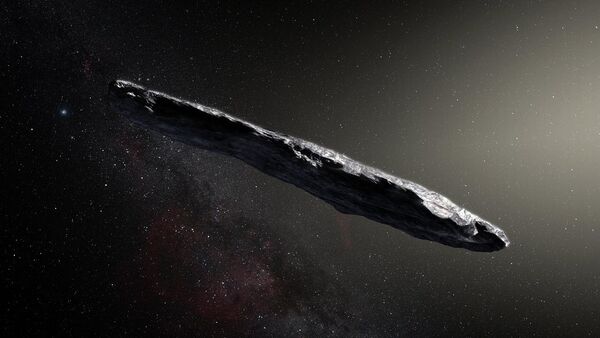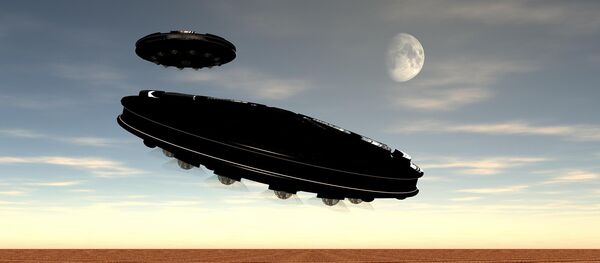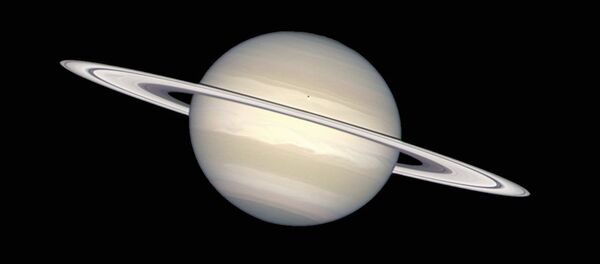Sputnik spoke to Mr. Loeb about his point of view on the space object and for more insight on the issue.
Sputnik: Why are you convinced that the object is an alien spacecraft?
Abraham Loeb: This object shows 6 peculiar properties that cannot be easily exclaimed. One of the most intriguing ones is that its orbit deviates from the shape expected, based on the Sun’s gravity.
For comets, this could happen as a result of outgassing, where gas forms as a result of the heating of the ice on the surface of the comet and it pushes it, and you end up with a rocket effect. But there is no cometary tail seen around this object and there are very tight limits on outgassing from it. So, the question arises as to what gives this extra push?
If someone has a better explanation for this deviation of the orbit, they should put it forward in a scientific paper and we will examine the current data and perhaps collect more data on this object or similar objects and figure it out. The way I approached this is as a scientist, there is no prejudice. We should be open-minded to all possibilities.
Sputnik: But why there has been such a hue and cry over your theory? I remember you said that being a scientist and looking at the universe and looking for new interesting objects out there, you have to be both open-minded and humble. Why would there be such a reaction?
Abraham Loeb: Yes, most people have a prejudice. They have a gut feeling.
I was asked by many reporters about the likelihood that I assigned to the possibility that ‘Oumuamua is artificial, based on a gut feeling, but I declined to give a quantitative answer, because my past experience has taught me that we should not rely on gut feelings in situations like this, because gut feeling is guided by prejudice and prejudice is shaped by experience.
So, the possibility of a message in a bottle from another civilization should not be dismissed “ab initio”.
Sputnik: Why do you think it’s so difficult for some of your colleagues, I’d say a majority of your colleagues, really, to be open-minded about this, to open their minds to other possibilities?
Abraham Loeb: Well, this is not surprising, given the history of science, if you look at, for example, the time of Galileo. People thought, they had a gut feeling, that heavy things fall faster than light things and he just, through experimentation, showed that this was not the case. The same was true about the motion of the Earth around the Sun.
They see the Sun moving on the sky, so the gut feeling says that the Sun is moving around the Earth. More recently, the same happened with quantum mechanics, which contradicted the gut feeling of Albert Einstein. He thought that quantum mechanics cannot have spooky action at a distance, but recent experiments demonstrated that he was wrong. So, it’s quite natural for people to be conservative, to believe that the future is similar to the past and to base their beliefs on experiences that were shaped by what they know. That’s a hurdle for making progress, because we should look at the evidence.
The evidence is the key to unravelling the true nature of the reality around us.
Abraham Loeb: Yes, after I wrote my paper, there was actually a new study that was published, which analysed data from the Spitzer space telescope that was not reported before my paper.
This data indicates that the object is at least 10 times shinier than comets that we are familiar with, and it has no gases, no outgassing around it in the form of carbon-based molecules. So, again, it doesn’t resemble any comets or asteroids that we know about. That is consistent with the possibility of a light sail.
Now, it would be really great if we had an image of this object. So, there are two ways to find more data about this object, or similar objects. One is to chase it down, but that’s very difficult, given that it moves fast and chemical rockets cannot do that; but we can contemplate a mission to chase it down.
The simpler way is to actually seek similar objects on the sky. There are existing surveys and future surveys with a large synoptic survey telescope, for example, that will find many more objects like it, if they exist. Of course, once we find another one, we can make sure that the best telescopes we have at our disposal will be dedicated to learning more about this object.
Views and opinions expressed in this article are those of Abraham Loeb and do not necessarily reflect those of Sputnik.



